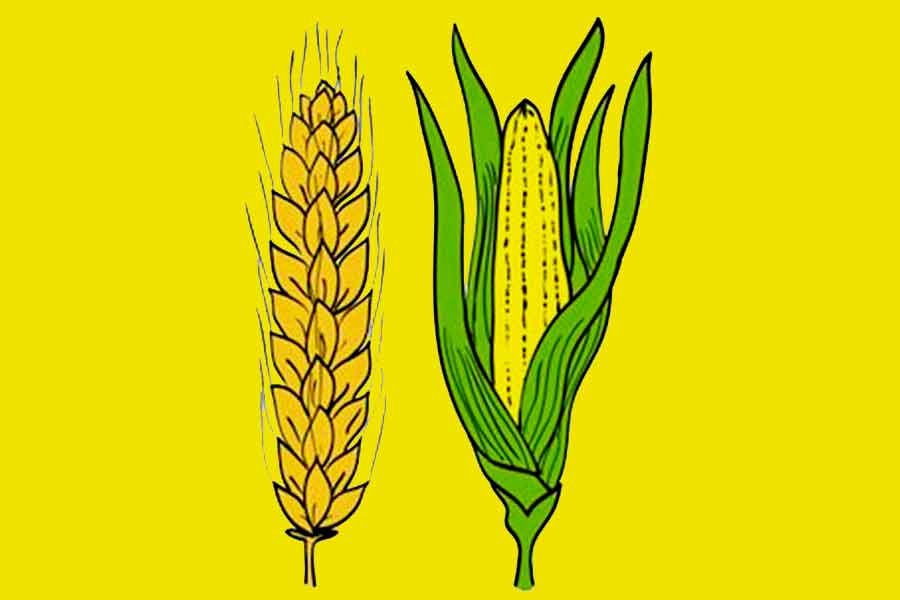The importance of producing sufficient volumes of cereals and other food crops locally is now being felt more than at any time before. The Russia-Ukraine war has not only disrupted the supply of fuel and edible oils, but the availability of wheat has also become uncertain as both countries produce a sizeable volume of the staple. Flour in the Bangladesh market has become 40 per cent pricier over the past few months. The situation, however, has eased marginally, as the restrictions on shipment and sale of Ukraine or Russian wheat, oilseeds and fertilizers, among others, do not exist anymore.
Against this background, the Bangladesh Bank (BB) has come up with a refinancing scheme worth Tk.10 billion to boost local production of wheat, the second most consumed cereal in the country, and maize and help cut import dependency on both the items. Under the scheme, the scheduled banks willing to take part in the lending programme will receive funds from the BB at a very nominal interest rate of 0.5 per cent and lend the same to the small and marginal farmers and sharecroppers at a 4.0 per cent annual rate of interest with no collateral.
Low-interest loans, however, will meet the need partially as far as raising the production of wheat or maize is concerned. Other issues deserve due attention from policymakers and others involved in food production. Maize enjoys an edge over wheat, in terms of the factors contributing to its production. The history of wheat production in the country has been rather bumpy. The acreage under wheat had started going up in the mid-1970s. Since then, both production and acreage under wheat have maintained a fluctuating path. But the production of the cereal has always been well below the requirement. The locally produced wheat meets only 17 per cent of the country's estimated need.
Two factors-an increase in the acreage of other competing rabi crops and low yield- are responsible for the shrinking of area under wheat. The availability of quality heat-tolerant and disease-resistant high-yielding seeds can be the most important option to reverse the wheat production trend. The climate change, which is now wreaking havoc on many countries, has made the wheat-growing season hotter in this part of the world. Besides, the outbreak of leaf rust or brown rust disease has also been posing a problem. The lesser use of machinery in wheat production is also an issue that deserves priority attention.
Both production and acreage of maize in the country have recorded phenomenal growth in recent years, mainly because of the increasing demand for feed from the fish and poultry sectors. Locally produced maize meets more than 60 per cent of the demand. With due support, it would not be that difficult to produce enough maize to meet domestic requirement. If the government is really interested in boosting wheat and maize production, it will have to make available loans to real farmers engaged in the production of the items. Besides, the relevant authorities will need to address other issues that have forced the farmers to switch to other competing crops for economic reasons.


